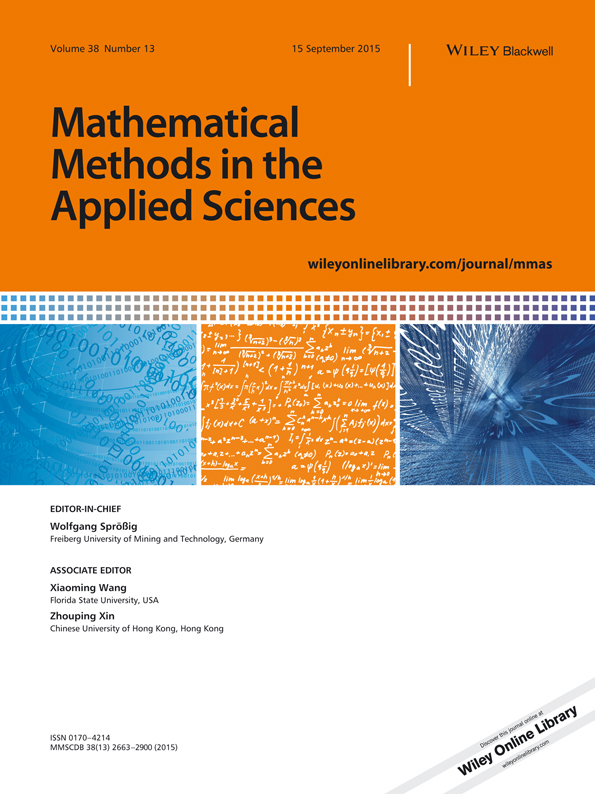Scattering by a highly oscillating surface
Abstract
The boundary function method [A. B. Vasil'eva, V. F. Butuzov, and L. V. Kalachev, The boundary function method for singular perturbation problems, SIAM Studies in Applied Mathematics, Philadelphia, 1995] is used to build an asymptotic expansion at any order of accuracy of a scalar time-harmonic wave scattered by a perfectly reflecting doubly periodic surface with oscillations at small and large scales. Error bounds are rigorously established, in particular in an optimal way on the relevant part of the field. It is also shown how the maximum principle can be used to design a homogenized surface whose reflected wave yields a first-order approximation of the actual one. The theoretical derivations are illustrated by some numerical experiments, which in particular show that using the homogenized surface outperforms the usual approach consisting in setting an effective boundary condition on a flat boundary. Copyright © 2014 John Wiley & Sons, Ltd.




